This article was co-authored by Carrie Noriega, MD. Dr. Noriega is a Board Certified Obstetrician & Gynecologist and medical writer in Colorado. She specializes in women’s health, rheumatology, pulmonology, infectious disease, and gastroenterology. She received her MD from the Creighton School of Medicine in Omaha, Nebraska and completed her residency at the University of Missouri - Kansas City in 2005.
There are 9 references cited in this article, which can be found at the bottom of the page.
This article has been viewed 285,780 times.
Sometimes, a condom can fall off during sex and get stuck inside the body. This happens rarely and is not a cause for panic. When it does happen, the condom usually can be removed relatively easily if you know how.
Steps
Removing a Stuck Condom From The Vagina
-
1Remove the condom as soon as possible. If a condom slips off during intercourse, it should be removed as soon as possible. You should immediately stop intercourse and refrain from panicking. If the condom did not slip off when he was pulling out, the man should remove his penis.[1]
- There is a risk of infection the longer the condom remains in place. You shouldn’t allow a condom to remain inside you for more than a couple of hours.
- When a condom slips off, it has already lost its effectiveness for both birth control and to prevent STIs. You should visit your doctor to discuss this immediately.
-
2Wash your hands. Before you try to remove a condom from inside you, make sure to wash your hands. This helps reduce the risk of bacteria from entering your body.[2]
- If you have cuts or open sores on your fingers, make sure to cover them before you insert your fingers inside yourself.
- You should also make sure you or your partner do not have sharp nails because you can scrape the inside of your vagina.
-
3Lie back to retrieve the condom. If you have a condom stuck inside, lie on your back. Spread your knees apart to allow access and make it easier to remove. Insert one or two fingers into your vagina. Once you feel the condom, grab it carefully. Smoothly and gently, pull out the condom.[3]
- If you are using one finger, try to hook the condom with your finger. You may also try to press the condom between your finger and your vaginal wall and drag it out slowly.
- If you are using two fingers, try to grab the edge of the condom between your two fingers. Squeeze the edges tightly between your fingers as you slowly try to pull it out.
- If you cannot reach the condom, ask your partner to pull out the condom. Your partner should insert one or two fingers and feel around for the condom. Once he touches the condom, he should gently pull it out.
- Try your best to keep any semen from spilling out of the condom as you pull it out if possible.
-
4Raise your hips. If neither you nor your partner can reach the condom, try raising your hips. This may shift the condom so that you or your partner can reach it more easily.
- Place a pillow under your hips to help raise them higher or into a different position where you may be able to grip the condom.
-
5Check the condom for missing pieces. After you remove the condom, check it to make sure it is completely intact. If a condom breaks, parts of it can break off and remain inside of you. Check to see how much, if any, of the condom is left inside.[4]
- If you have bits of the condom left inside, try to see if you can remove the pieces left inside with your fingers. If you cannot remove the missing pieces, you will need to see a doctor.
-
6Sit on the toilet. If you can’t get the condom out while lying on the bed, try getting it out by sitting on the toilet. Sit down on the toilet and spread your legs with your feet on the floor.[5]
- Push down with your pelvic muscles to try to push out the condom.
- Insert a finger inside your vagina as far as you can. If you cannot feel the condom, move your finger back and forth to try and locate it.
- When you feel it, insert another finger to grab the condom and pull it out.
- Sometimes it works best to stand in front of the toilet and put one foot on the lid. Then try to use your fingers to remove it.
-
7Visit your doctor. If you cannot remove the condom, visit your gynecologist. They may be able to remove the condom. You may also consider visiting a nearby urgent care center or emergency room. You should also visit the doctor if you have any pieces of a broken condom left inside you.
- At either your gynecologist’s office, the ER, or an Urgent Care Center, a pelvic examination will be performed. This will be similar to a normal pelvic exam, in which you lie down with your feet placed into stirrups and your knees apart. The practitioner will use a speculum and see if the condom can be removed manually. If not, long forceps may be used to pull the condom out.
- The examination is usually not painful, but it may be somewhat uncomfortable.
Removing Other Kinds of Stuck Condoms
-
1Remove the condom promptly. If a condom gets stuck inside the rectum, or a female condom gets stuck inside the vagina or rectum, it should be removed immediately. Stop intercourse as soon as you discover the condom has slipped off and have the man remove his penis.[6]
- There is no need to panic if a condom gets stuck inside you. Most condoms can be retrieved.
- If the condom stays inside of you for more than a couple of hours, you may develop an infection.
- A slipped condom increases your risk for pregnancy and/or STIs. After the condom is removed, you should see your doctor immediately for a checkup and use emergency contraception if you were having vaginal sex.
-
2Sit on the toilet to remove a condom stuck in the rectum. If you get a condom stuck in your rectum during anal sex, try to remove it. Sit on the toilet with your knees spread. Try to push down like you are having a bowel movement. This might push the condom down. Carefully insert a finger to try to pull out the condom.[7]
- If you think you will have a bowel movement soon, you can wait to see if you push the condom out during the bowel movement; however, leaving a condom inside your rectum for long periods of time can cause infections.
-
3Remove a female condom immediately. Female condoms can get pushed inside the vagina and get stuck. This happens when the outer ring of the female condom pushes inside the vagina.[8]
- If the female condom gets pushed inside the vagina, stop sex immediately. Ask your partner to pull the female condom out, or try to insert one or two fingers inside to pull it out yourself.
- Make sure to insert a new female condom before having sex again.
-
4Visit the emergency room. If you get a condom stuck inside your rectum or a female condom stuck in your vagina that you can’t get out, you should visit the emergency room. Due to the way the anal muscles contract, removing a condom may be difficult without the help of a professional.
- Never be embarrassed to go to the doctor or emergency room for help with this kind of issue. You should never leave a condom inside your vagina or rectum because it can cause serious complications.
Preventing A Stuck Condom
-
1Recognize dangers of a stuck condom. If a condom gets stuck in the vagina or rectum, it can cause problems, like infection. If small parts of a condom get stuck inside you, like from a broken condom, then you may not know it is left inside. Watch for these symptoms:[9]
- Colored discharge from the vagina or rectum that may have a bad odor
- Unusual odor from the area
- High temperature
- Itching, rash, swelling, or redness around the vagina or rectum
- Pain or discomfort when urinating or having a bowel movement
- Pain in the pelvic area or the abdomen
-
2Properly put on a condom. The condom should be put on properly every time you use one. This not only helps protect from STIs and prevent the condom breaking, it also helps keep it from falling off during intercourse.[10]
- The condom should be unrolled onto an erect penis, making certain to leave room at the tip for the semen. Place the condom on the head of the penis, leaving about a half-inch of space at the top. Pinch the condom at the top, pushing all the air out of it.
- Continue unrolling the condom along the shaft of the penis. As you are unrolling, wrap your thumb and index finger around the penis right below the pinched condom to ensure that space remains.
- Smooth out any air bubbles that are in the condom.
-
3Take caution after sex is finished. Make sure to be careful right after sex to prevent the condom from falling off. You or your partner should hold onto the condom at the base of the penis while pulling out.
- Your partner should pull out immediately after ejaculation while the penis is still erect. Otherwise, semen can leak out.
-
4Use a female condom properly for anal sex. A female condom may get stuck in the rectum if it is used improperly. The rectal muscles can potentially pull a female condom inside the body.
- If you want to use a female condom for anal sex, make sure to insert the female condom right before engaging in anal sex. Don’t put the female condom in hours before anal sex because that increases the risk of it getting stuck inside.
-
5Use latex condoms if possible. Condoms made of latex tend to slip less often than condoms made with polyurethane. Condoms made with polyisoprene slip less than polyurethane and are safe for people with latex allergies.
References
- ↑ http://www.opendoors.nhs.uk/content/what-do-if-condom-breaks-0
- ↑ http://www.healthdirect.gov.au/retained-object-or-tampon
- ↑ http://www.cosmopolitan.com/sex-love/advice/a306/stuck-inside-me/
- ↑ http://kidshealth.org/en/teens/lost-condom.html
- ↑ http://www.healthdirect.gov.au/retained-object-or-tampon
- ↑ http://www.opendoors.nhs.uk/content/what-do-if-condom-breaks-0
- ↑ http://www.scarleteen.com/article/advice/what_happens_if_the_condom_slips_off
- ↑ https://www.nhs.uk/conditions/contraception/female-condoms/
- ↑ http://www.healthdirect.gov.au/retained-object-or-tampon
- ↑ https://www.plannedparenthood.org/learn/birth-control/condom/how-to-put-a-condom-on
- ↑ Lopez LM, Otterness C, Chen M, Steiner M, Gallo MF. Behavioral interventions for improving condom use for dual protection. Cochrane Database Syst Rev. 2013 Oct 26;10:CD010662
- ↑ Steiner MJ, Dominik R, Rountree RW, Nanda K, Dorflinger LJ. Contraceptive effectiveness of a polyurethane condom and a latex condom: a randomized controlled trial. Obstet Gynecol. 2003 Mar;101(3):539-47. Erratum in: Obstet Gynecol. 2003 May;101(5 Pt 1):1026.
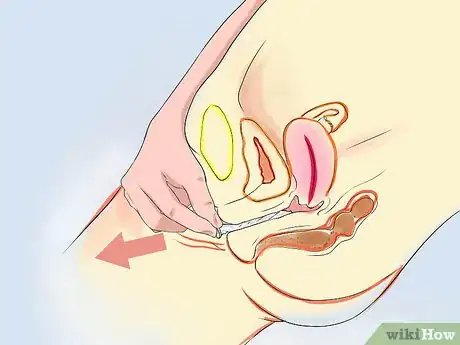
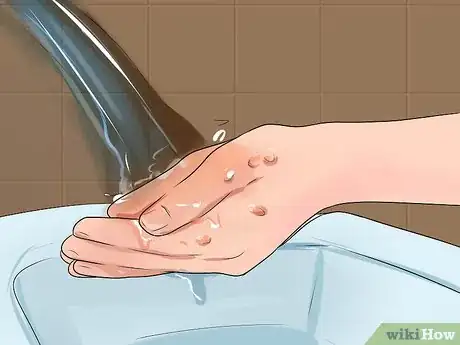

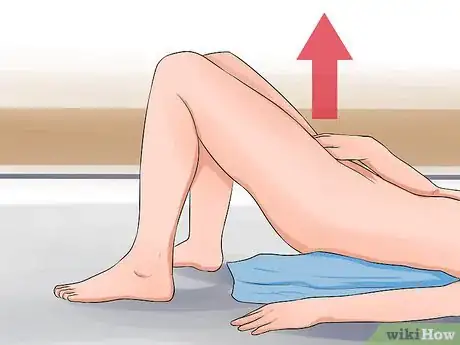
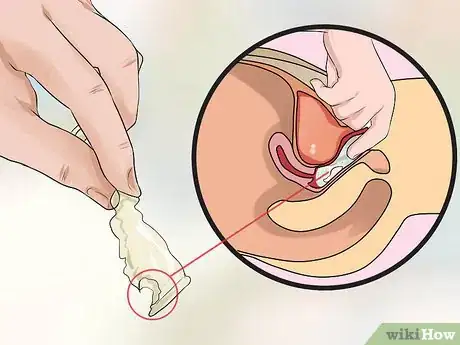
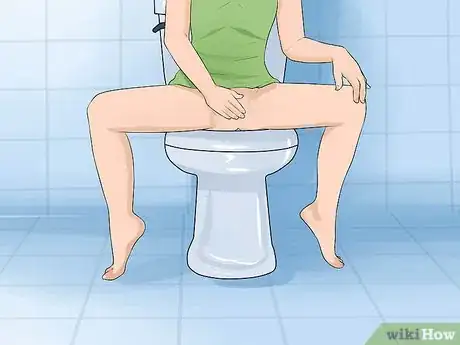
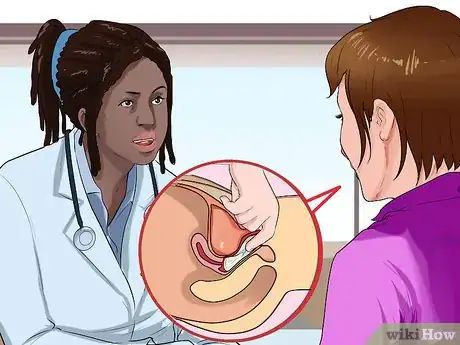
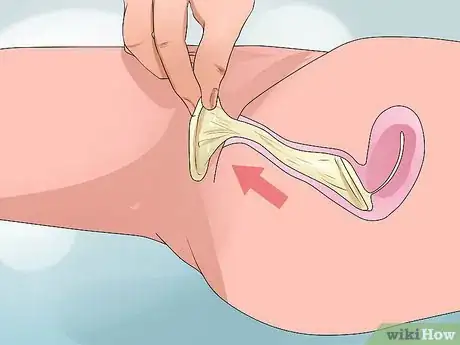

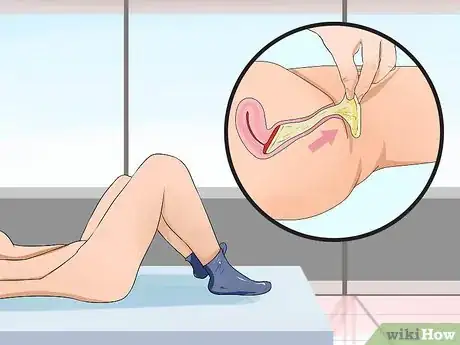
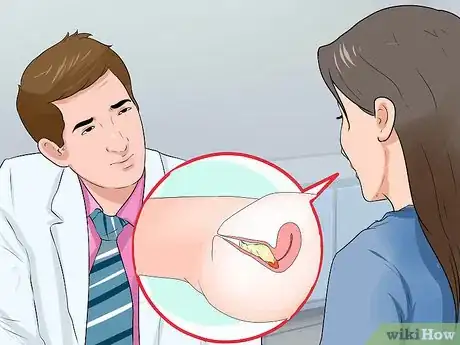
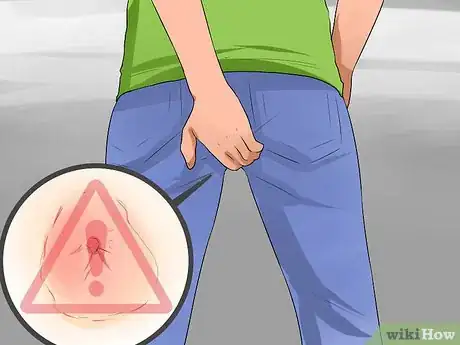
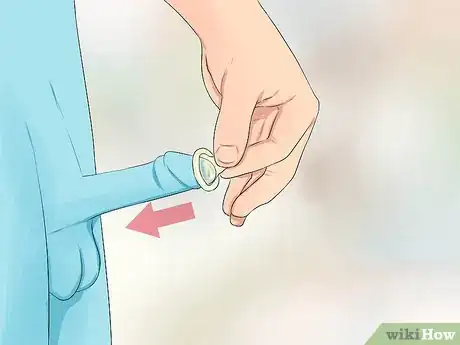
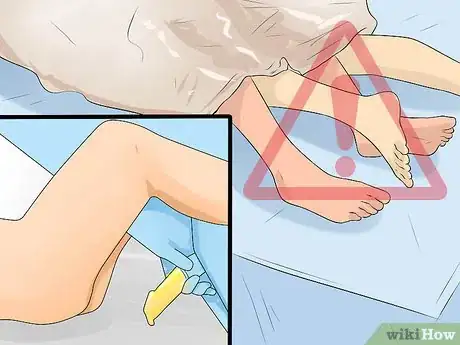
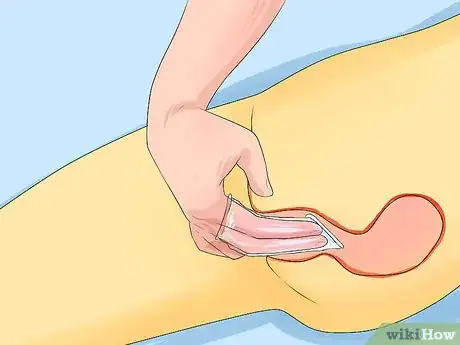
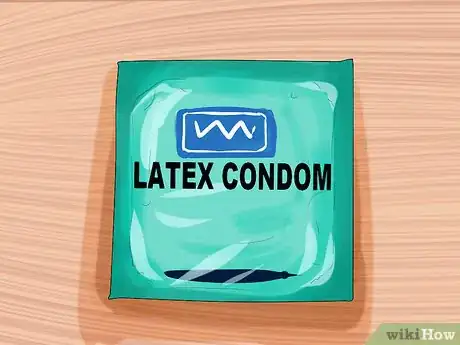
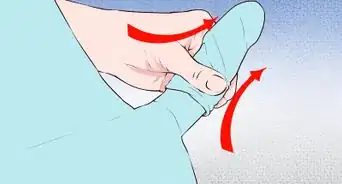




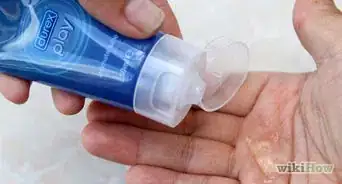


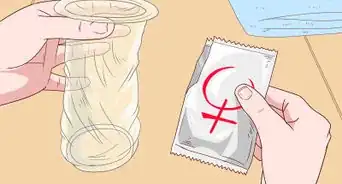



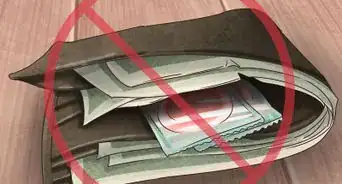










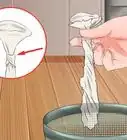





































Medical Disclaimer
The content of this article is not intended to be a substitute for professional medical advice, examination, diagnosis, or treatment. You should always contact your doctor or other qualified healthcare professional before starting, changing, or stopping any kind of health treatment.
Read More...